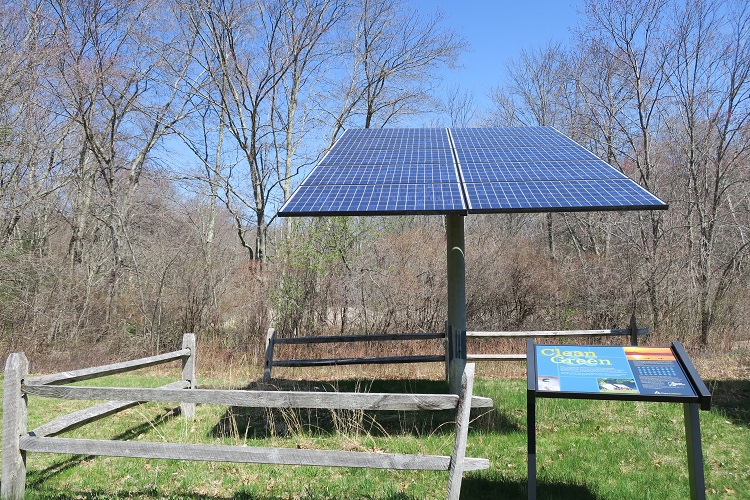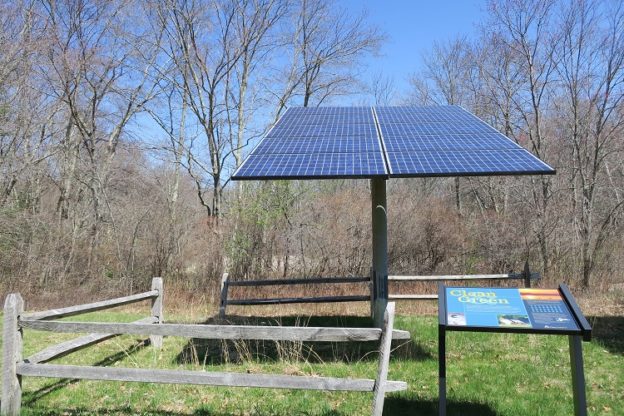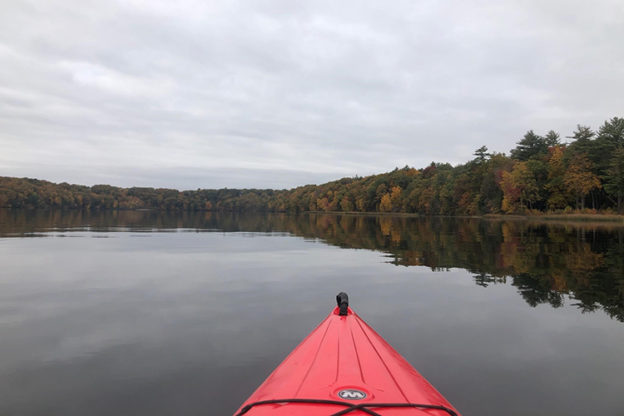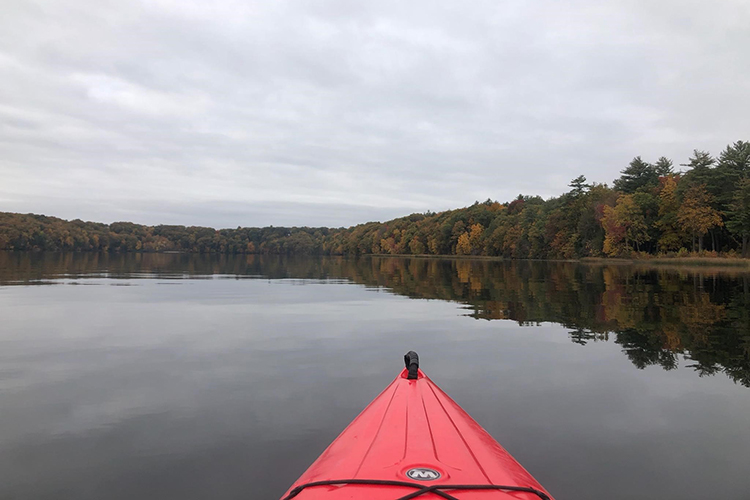Sunlight has been an important tool for humans for centuries, from tracking time via sundials to starting fires through a magnifying glass. Over a series of discoveries and novel inventions, scientists were able to develop special metal cells that expand what we can use sunlight for by turning it into energy.

A Brief History Lesson
Photovoltaic cells are what we more commonly call “solar panels,” and you might have already spotted a few on rooftops of homes and commercial buildings. Photovoltaics refers to the technology inside the panels that converts sunlight directly into electricity. When particles of sunlight hit a solar panel, it creates a microscopic reaction that separates electrons from the atoms they reside in. This separation results in an electrical current that we can harness and use.
Edmond Becquerel, a French physicist, first discovered the photovoltaic effect in 1839. During an experiment, he noticed that when light struck a metal electrode (a conductor through which electricity travels), it created an electrical voltage.
Then, in 1873, Willoughby Smith, an English electrical engineer, discovered a process to make the chemical element selenium conduct electricity when it absorbs light.
Ten years later, American inventor Charles Fritts constructed the first working solar panel by spreading selenium onto a copper plate and covering it with an extremely thin, semi-transparent layer of gold.
A (Solar) System of Benefits
Currently, people rely on fossil fuels for most of our energy needs. Fossil fuels are finite resources found in the earth, such as coal, oil, and natural gas. If we continue relying on these resources, we will eventually run out of them. Not to mention, continued use means we keep releasing excess greenhouse gasses into the atmosphere – the root of climate change. In fact, burning fossil fuels is responsible for 65% of carbon dioxide in the atmosphere.
Solar energy, on the other hand, is cleaner and limitless. Let’s put solar in perspective: The sun produces more energy a day than the world uses in one year. For example, the energy consumption for the entire planet in 2017 was 17.7 terawatt-year (TWy), compared to the solar energy available per year, which is 23,000.0 TWy.
A Future Powered by Clean Energy
Mass Audubon has committed to reaching net zero carbon emissions as an organization by 2050 – and solar energy is one way we’re accomplishing this goal. In fact, 100% of our energy is renewable – with about 37% being generated on site, and the remaining purchased from green sources. Check out this map to find out if there are photovoltaic arrays at a wildlife sanctuary near you and see how much energy they’re producing.
If the evolution and benefits of solar photovoltaics have inspired you, you can also be part of the solar solution. You can install solar panels, purchase green energy, consider community solar options, or see if your community is participating in Green Municipal Aggregation. If solar development is coming to your community, be sure to read up on our recommendations for solar siting to preserve important habitats and ecosystem services.
— Abdishakur Ahmed, Energy and Climate Change Intern




